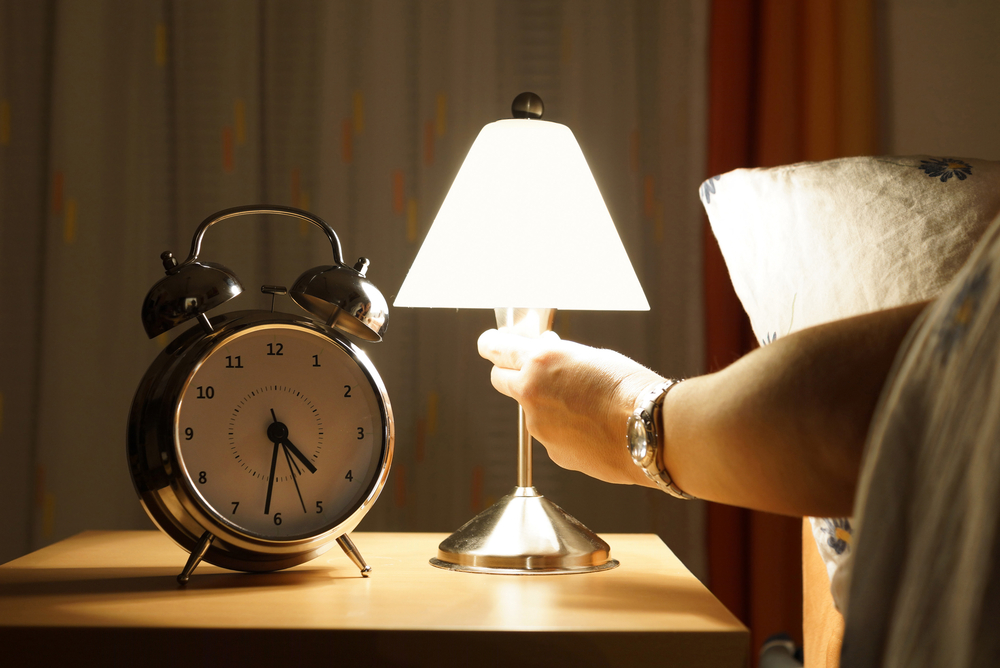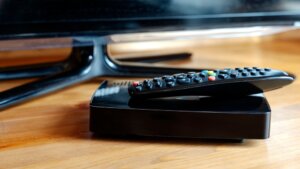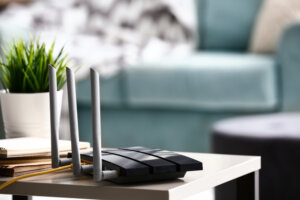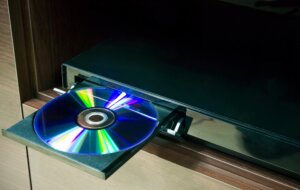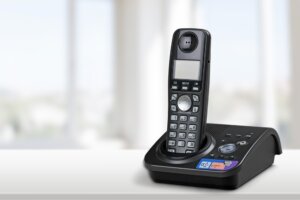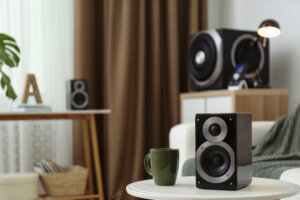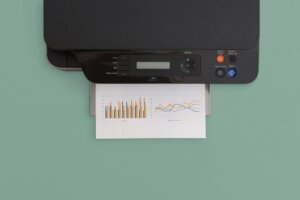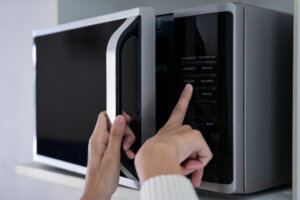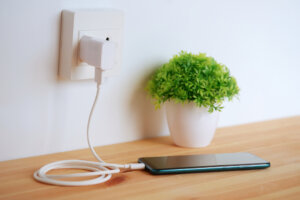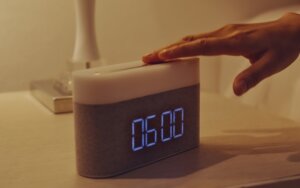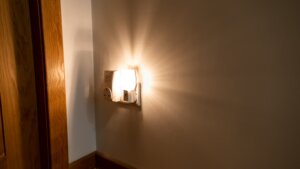It’s no surprise that our electronic appliances use electricity when they’re on. What may come as a surprise, however, is that all of our devices continue to use electricity when they’re switched off. In fact, up to 10% of your electric bill is spent on appliances while they’re not even being used! That’s a lot of wasted electricity for both your monthly bill as well as the planet.
So why do electronic devices draw energy when powered off? When something is plugged into an electric outlet, it will use up at least a small amount of energy. For many devices, this will just be a small, barely noticeable amount; for others, it will perform background tasks like checking for updates or waiting for an input, which will use up more energy.
In this article, we’ll go over the 15 most common home appliances that use up standby power even when they’re switched off, as well as what you can do to reduce their environmental footprint.
Common Phantom Energy Appliances
Set-Top Box
It’s incredibly convenient to record shows automatically in the background, but that means that your PVR is always hard at work in the background. It needs to pay attention to when your favourite shows are coming up and then record them, which it can’t do without electricity. Additionally, like many of the other entries in this article, it also needs power to be ready to receive a signal from your remote.
Router & Modem
Your modem will remain connected to the Internet and your router will continuously broadcast a WIFI signal, even when no devices are connected to them.
Television
Ever notice the red light on your TV when it’s off? That’s just one sign that it’s still sucking up power. Many newer TVs also have listening functionality to be automatically powered on by other devices or your voice which, in addition to being kind of creepy, also needs to draw power to work. It also needs to remain alert to be powered on by a remote.
Blu Ray/DVD Player
These devices typically display the time, and so always use energy in order to keep their LED displays running. Plus, they need to stay ready to receive a signal from a remote to be turned on.
Computer
When “powering off” a computer, many of us don’t actually power it down, but rather place it in a sleep or hibernate state. The computer is then kept in a low power mode, to keep programs active and allow the computer to be quickly turned back on. This is also true of monitors if the power button is not pressed to turn it off, which will then stay in a low power mode to await a signal from the computer to be turned back on.
Cordless Phone
A cordless phone needs to both charge the phone, as well as maintain a wireless connection between the phone and its base.
Video Game Console
While you’re taking a break from your last marathon gaming session, your console is still busy at work. Features like automatic software updates and not fully shutting down a game in order to be resumed quickly will continuously use energy in the background.
Sound System
If your stereo has a built-in clock, then it’s continuously drawing energy to keep time.
Printer
This is especially the case for those who leave printers on standby, so they don’t have to be turned on every time something needs to be printed. Wirelessly enabled printers will also need to maintain an active WIFI signal, drawing even more energy.
Microwave
When they’re not zapping your food, microwaves also have a clock to display the time, which requires energy in order to be displayed.
Phone Charger
It sure is convenient to just grab a cable and plug it into your phone, but leaving your chargers plugged into an outlet will continuously draw power even when nothing is plugged into them. This is also the case when a cell phone is fully charged but still plugged in.
Coffee Maker
Much like other entries in this list, if your coffee maker has a clock, then it’s using up electricity.
Clock
With all of these appliances with built-in clocks sucking up energy, let’s not forget about dedicated alarm clocks as well!
Electric Toothbrush
Electric toothbrushes need to be charged again once you’re done your morning routine. Once they’re fully charged, they are still plugged in all day while you’re out and about, which will continue to use up energy.
Night Light
This is especially true for night lights with automatic light sensors.
How To Stop Phantom Power Appliances
Unplug
Obviously, the most straightforward way to stop a device from using energy is by unplugging it from the wall. In a perfect world, you would plug in your devices only when they’re about to be used, and then unplug them once you’re done; however, with so many of our activities now being done with electronics, this can be difficult to do 100% of the time.
Power Strip
Most power bars have an on/off switch, making it easy to cut the power to several devices at once. This is a great solution for areas where lots of devices that you use at once are plugged into, such as an entertainment center. An extra ten seconds spent switching off a power strip could mean preventing your TV, Blu-Ray player, video game console and stereo from using up power for the rest of the day.
ENERGY STAR
ENERGY STAR is a program from the U.S. Environmental Protection Agency that provides a certification to devices that meet various energy efficiency standards. Although this doesn’t mean that a device won’t use phantom power while it’s off, it does mean that you’re making one of the best choices possible from an energy efficiency perspective.
Article Updated June 2022.
